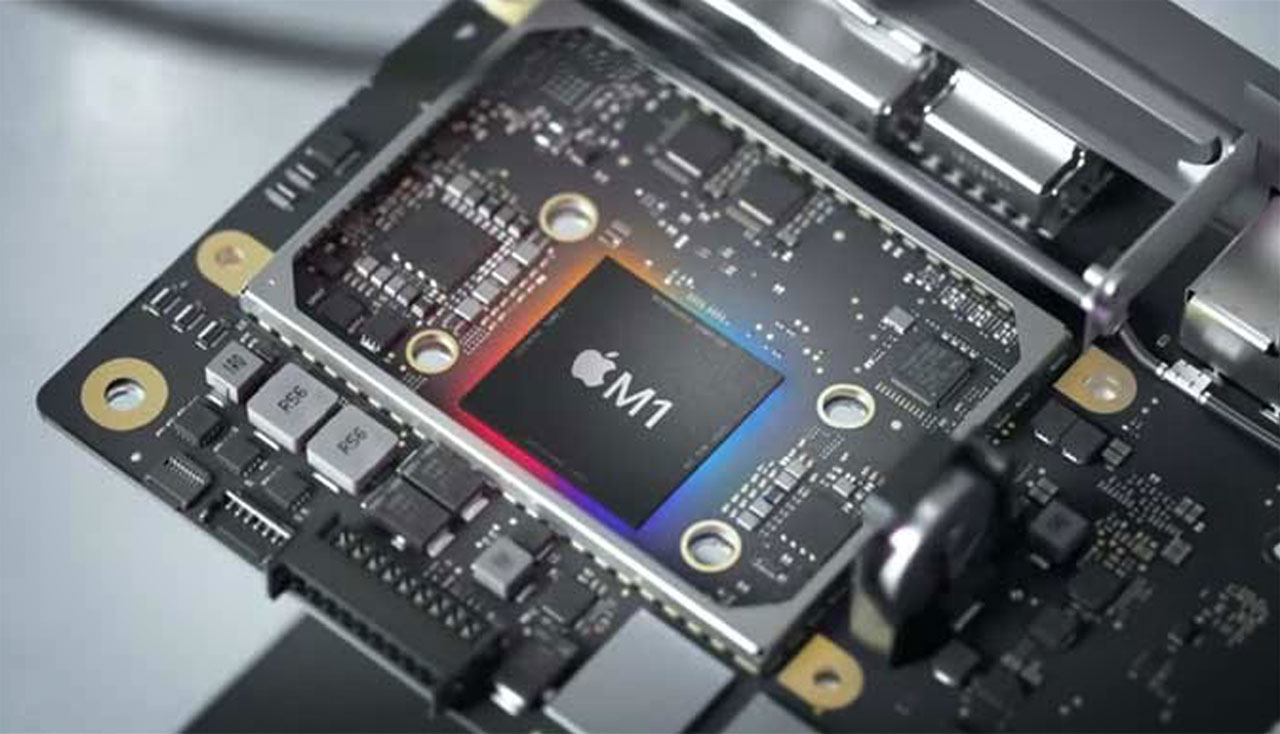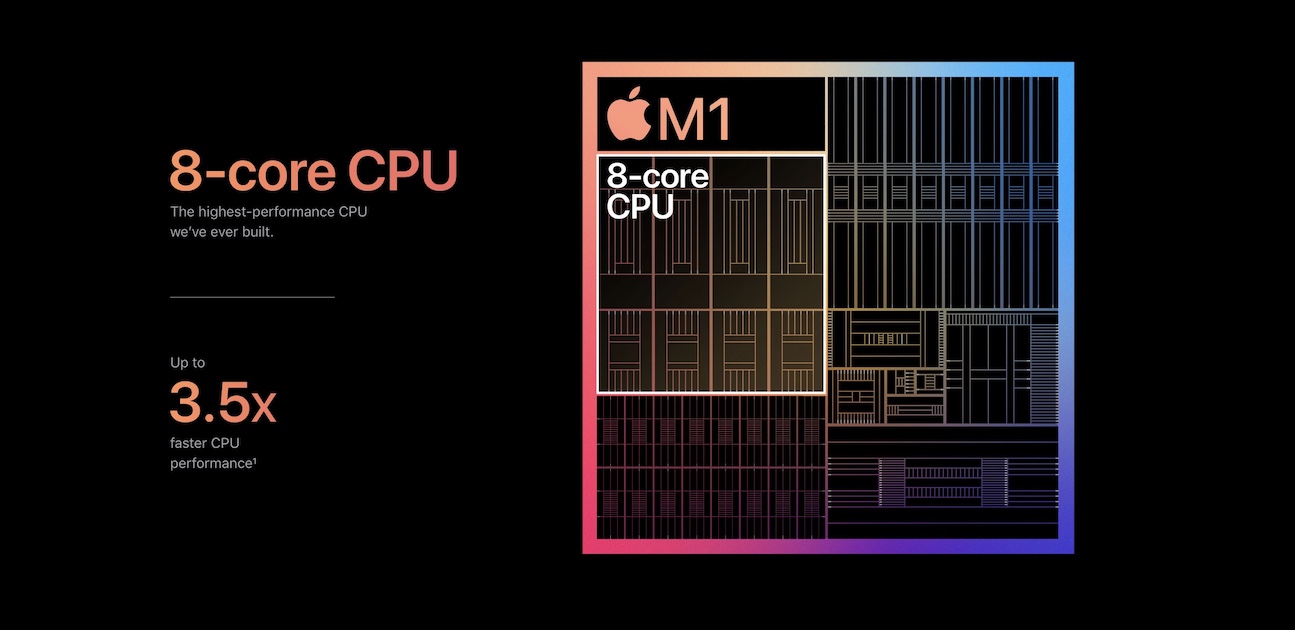
CINEMA 4D M1 CHIP MAC
The iMac returns a time of 8min-48sec and the mac Studio a time of 4min-56sec.
CINEMA 4D M1 CHIP MOVIE
I have selected a movie scene and I have rendered it with the iMac and with the mac Studio. When I render with corona, that difference is not seen, but when I render with the native cinema engine, yes. However, Cinebench and Geekbench benchmarks show that the mac Studio is almost twice as powerful as the iMac i9. When rendering with corona I only see a slight speed around 10%-15% faster than the mac Studio M1 Ultra compared to the latest model iMac i9. Cinema 4d moves wonderfully, everything is much more fluid. a performance improvement is very noticeable when it comes to processing, saving, executing files and plugins.

I have acquired a mac Studio M1 ultra and it is incredible how cinema 4d, photoshop, illustrator works. it works great, I've had it for two years and both cinema 4d and corona work perfectly. I currently have the latest iMac i9 128GB that apple makes with an intel processor. I am a mac user, and I have renewed my equipment. TSMC calls its N4 node an “enhanced” 5nm process, and Apple seems to be correcting its language here.First of all, I would like to thank the developers and the corona team because thanks to this rendering engine my work is easier and the results are very popular in my infoarchitecture area.
CINEMA 4D M1 CHIP PRO
Apple says the M2 Pro and Max are made using “second-generation 5nm technology.” It’s likely that this is the same process that Apple somewhat erroneously called “4nm” in its iPhone 15 presentation in September 2022. It looks like we’ll be waiting for an M2 Ultra later in the year, or possibly the A17 that will be introduced with the iPhone 16 this fall. Apple is said to be the first major manufacturer to do so, and some of the rumors said the new M2 Pro and Max chips would be where Apple makes the leap. There has been a lot of speculation about when Apple will start using TSMC’s new 3nm manufacturing process. Apple didn’t provide benchmarks showing an improvement in video encoding speed, so it will be interesting to watch the first reviews of the M2 Max to see if the video encoders are measurably faster.

We couldn’t help but notice that all of Apple’s marketing benchmarks around video production, claiming improvements of 30 percent or so, are for activities like color grading or 3D effects rendering, typically limited by GPU performance. We can’t help but notice that Apple’s marketing benchmarks around video are all GPU-limited activities, not encoding performance. Still, that’s a nearly 20 percent increase in core count, so with some improved caching and higher clock speeds, you can get to 30 percent. Those are unusual numbers-core counts are typically even in number, and often powers of two, so it’s likely that the design is for 20/40 GPU cores with room for one faulty core to be disabled, improving manufacturing yields on these big chips. 16 in the M1 Pro) and the M2 Max has up to 38 graphics cores (vs. The M2 Pro has up to 19 graphics cores (vs.

This is likely due to the addition of a few more graphics cores and some minor architectural tweaks.

That’s unsurprising, considering the M2 was said to have graphics performance that is up to 35 percent greater than the M1. GPU gains are better, but there’s no great architectural shiftĪpple says the M2 Pro/Max GPUs are 30 percent faster than the M1 Pro/Max, and leaked Metal benchmarks back up those claims. So the M2 Pro and M2 Max have 12-core CPUs while the M1 Pro/Max have 10-core CPUs. The M2 Pro and M2 Max have eight high-performance cores just like the M1 Pro/Max, but the number of efficiency cores goes up from two to four. Some of this simply comes down to core count. The CPU seems identical to the M2, only with double the high-performance cores. In fact, the M1 Pro and M1 Max chips had more to differentiate them from the M1 than the M2 Pro and M2 Max do when compared to the M2. Some of the more exciting rumors about more advanced manufacturing, new GPUs, or other improvements have proven untrue, and the M2 Pro and M2 Max appear to be exactly what was expected: the M2 scaled up with more CPU and GPU cores and a wider memory bus. They also include the newer Neural Engine, which is up to 40 percent faster than that in the M1 series.Īs impressive as those claims are, they are also unsurprising and a bit disappointing. Apple claims the M2 Pro and M2 Max chips bring 20 percent better CPU performance and 30 percent faster GPU performance than the M1 Pro and M1 Max. To power the new high-end Mac mini and 14-inch and 16-inch MacBook Pro systems, Apple has unveiled the all-new M2 Pro and M2 Max processors, taking all the improvements of the A15 and A16 processors and applying them to the Mac chips, resulting in a significant boost in performance over the M1 line. The march of Apple silicon is not slowing down.


 0 kommentar(er)
0 kommentar(er)
